Saudi Arabia is home to one of the most fascinating archaeological discoveries of the 21st century: the funerary avenues, revealed through satellite imagery. These ancient pathways, dating back 4,500 years, stretch across the desert landscape, lined with thousands of tombs that offer a glimpse into the distant past. Dating to between 2600 and 2000 BC, these avenues are a testament to an ancient culture whose customs and beliefs remain shrouded in mystery. In this article, archeology.dulichvn.net into the significance of the funerary avenues, explore the tombs along the routes, and discuss the ongoing questions surrounding their purpose and cultural importance.

1. The Discovery of the Funerary Avenues
The funerary avenues of Saudi Arabia are a truly remarkable archaeological discovery, revealed to the world through modern technology.
1.1. Satellite Imagery Reveals Hidden Paths
In 2018, archaeologists made an astonishing breakthrough when satellite imagery revealed extensive networks of ancient pathways stretching across the desert. These pathways, running for hundreds of kilometers, were discovered to be lined with tombs, providing a clear indication of their funerary purpose. The use of satellite technology has revolutionized archaeology, enabling researchers to uncover sites that were previously invisible to the human eye.
1.2. Ancient Burial Sites Along the Pathways
These ancient avenues are not just pathways; they are lined with tombs, some dating back as far as 2600 BC. The tombs along these routes feature a variety of burial practices, including ring cairns and pendant burials. Many of these burial structures have remained remarkably intact over millennia, offering a rare and detailed glimpse into ancient burial customs.
1.3. The Role of Technology in Archaeology
The use of satellite imagery in archaeological research highlights the ever-evolving tools used to study ancient civilizations. In Saudi Arabia, this technology has allowed scientists and archaeologists to map out vast burial grounds and analyze previously inaccessible sites. Satellite-based discoveries like this are transforming the way we understand ancient history and culture.
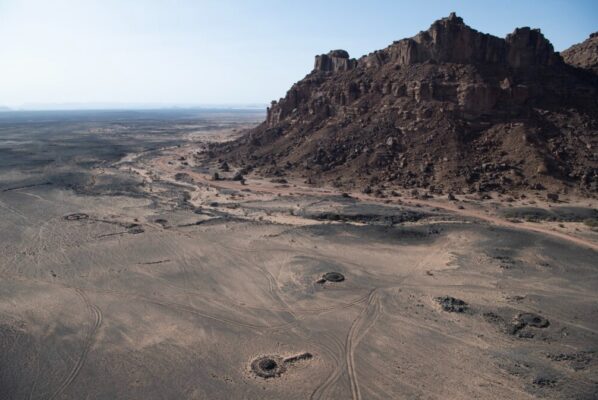
2. The Funerary Avenues: An Ancient Ritual Pathway
The funerary avenues are more than just burial sites; they are believed to have played an important role in the ancient burial rituals of the region.
2.1. Stretching Across the Desert
The funerary avenues stretch across Saudi Arabia’s vast desert landscape, indicating a deliberate effort to create extensive burial routes. These pathways, which cover vast distances, suggest that the ancient people of the region had a strong cultural or spiritual connection to these routes.
2.2. Tombs and Burial Customs
The tombs found along these avenues feature a range of burial styles, but one of the most notable features is the presence of ring cairns and pendant burials. These burial methods involve circular stone constructions and elaborate grave goods, showcasing the complex burial rituals practiced by the people of the time. These practices are believed to have held deep spiritual or ceremonial significance.
2.3. The Importance of the Burial Pathways
The role of the funerary avenues in these ancient burial customs remains unclear. Some scholars believe the pathways may have been part of a ritual procession, perhaps guiding the deceased to a sacred or revered place. Others suggest the pathways could have had a symbolic significance, marking the journey to the afterlife.
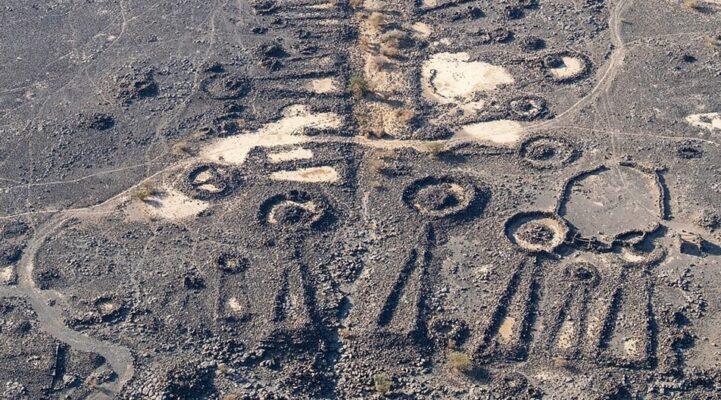
See more: Balintore Castle: A Majestic Landmark of Scottish Heritage
3. Unsolved Mysteries and Cultural Insights
Despite extensive study, there remain numerous unanswered questions about the funerary avenues and their purpose.
3.1. Why Were the Tombs Placed Along the Routes?
One of the most compelling questions surrounding the funerary avenues is why the tombs were placed along these specific routes. What motivated the ancient people to align their burials in such a distinct manner? Was it an expression of religious belief, a ceremonial custom, or a practical necessity? The answers to these questions remain elusive, adding to the intrigue of the site.
3.2. What Can We Learn from the Tombs?
The tombs themselves offer a wealth of information about the lives and customs of ancient peoples. By studying the remains and the artifacts found within these tombs, archaeologists hope to uncover more about the daily life, social structures, and spiritual beliefs of the people who lived along these routes. The artifacts found in the tombs, including pottery, jewelry, and tools, provide valuable insight into the culture and technology of the time.
3.3. Ongoing Research and Future Discoveries
As research continues, archaeologists are eager to learn more about the funerary avenues and the ancient people who built them. The site holds the promise of future discoveries that could shed light on the burial practices, cultural significance, and even the societal structure of ancient civilizations in the Arabian Peninsula. With ongoing excavation and study, more answers to these ancient mysteries may soon emerge.
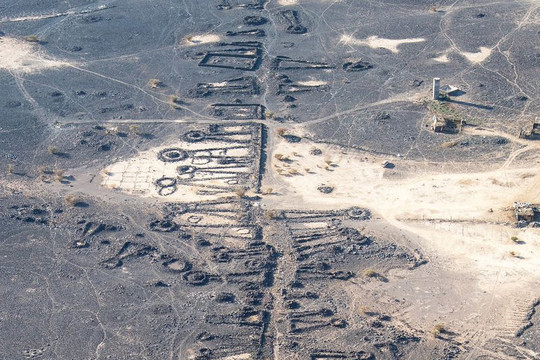
4. Conclusion: The Enduring Legacy of the Funerary Avenues
The funerary avenues of Saudi Arabia represent a fascinating link to the distant past, offering a glimpse into the spiritual and cultural practices of ancient peoples.
4.1. A Rich Cultural Heritage
These ancient pathways are a testament to the rich cultural heritage of Saudi Arabia, revealing a sophisticated understanding of burial customs and spiritual beliefs. The preservation of these pathways and tombs allows modern society to connect with ancient traditions that have shaped the region’s history.
4.2. A Unique Archaeological Discovery
The funerary avenues stand as one of the most unique archaeological discoveries in recent years. Thanks to advanced technology like satellite imagery, we are now able to explore and understand these ancient sites in ways that were previously unimaginable.
4.3. A Puzzle Yet to Be Solved
While many questions about the funerary avenues remain unanswered, the site continues to captivate researchers and historians alike. As new discoveries are made, the legacy of these ancient pathways will provide even more insights into the mysterious world of the Bronze Age and the people who built them.
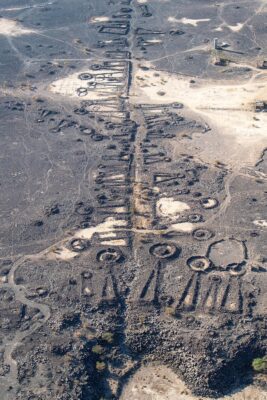
In summary, the funerary avenues of Saudi Arabia are a stunning reminder of the ingenuity and cultural richness of ancient civilizations. Through satellite imagery, we have uncovered a small piece of the complex and mysterious world of the past. As research continues, the answers to the questions surrounding these ancient burial routes will undoubtedly provide even more fascinating insights into the lives of those who once walked these paths.

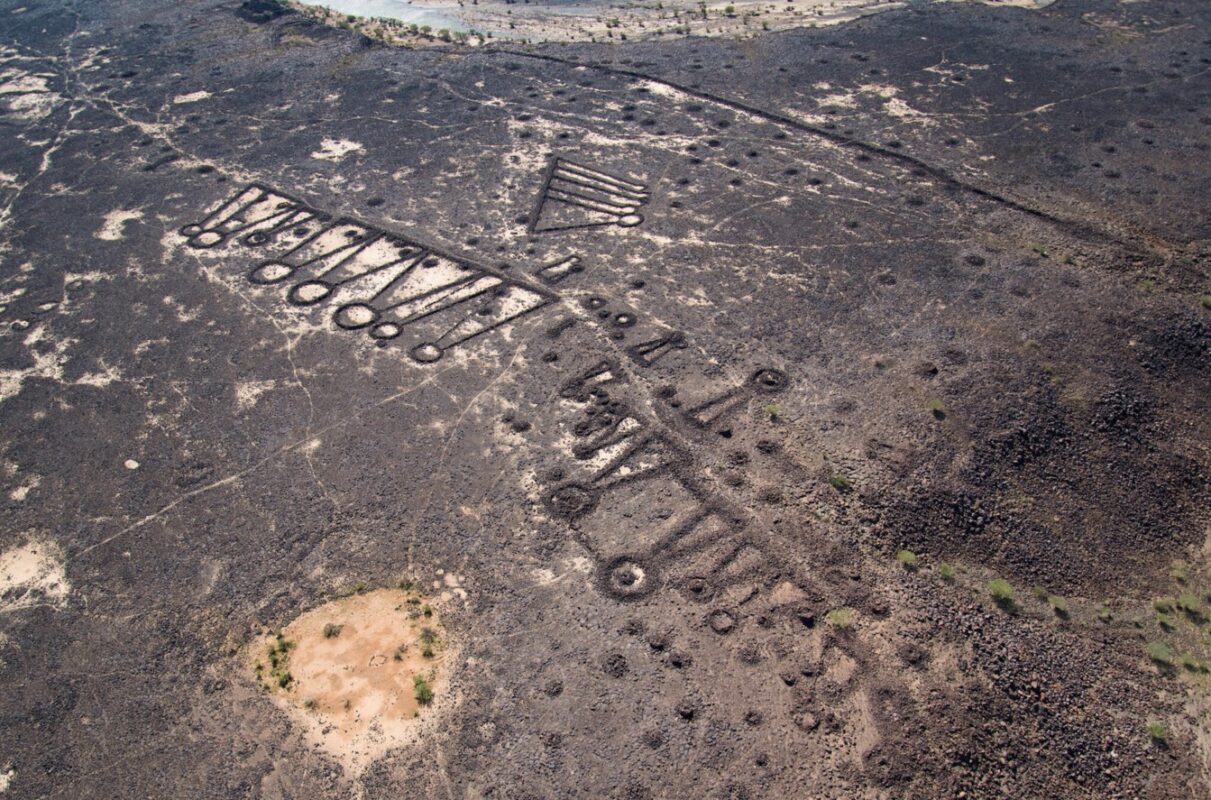
CÁC TIN KHÁC
Mary Walton: The Forgotten Inventor Who Helped Clean Up America’s Cities
Tomb of Queen Nefertari in the Valley of the Queens, Egypt
Discover the Hypostyle Hall of the Temple of Hathor at Dendera
Venus de Losange: Unveiling the Mystery of a 20,000-Year-Old Paleolithic Icon